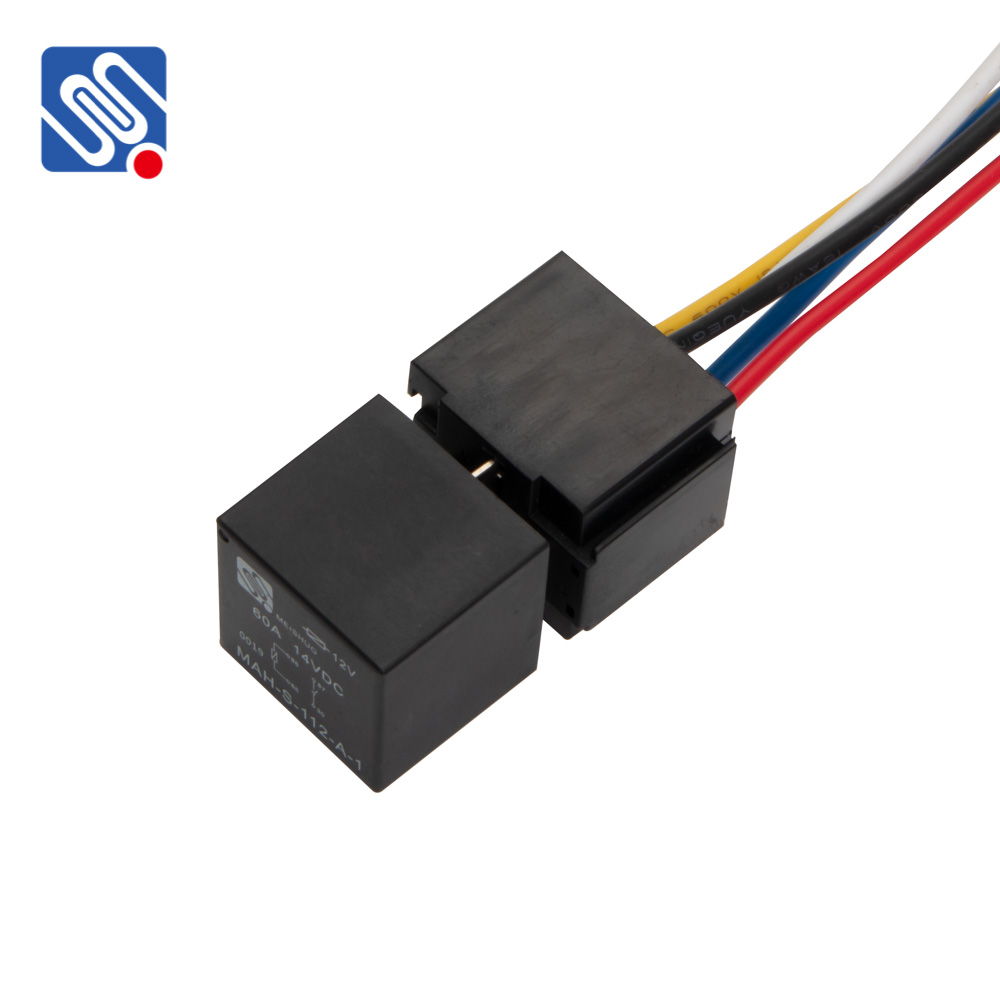understanding the 12v 40a relay: a vital component for high-power applications
Release time:2025-08-27 17:31:38
The 12V 40A relay is a crucial component in modern electrical systems, especially where high-current devices need to be controlled using low-voltage signals. This versatile relay plays a pivotal role in automotive, industrial, and electronic systems, offering a reliable means of managing substantial electrical loads without directly handling high voltages. In this article, we will explore the structure, working principles, applications, and advantages of the 12V 40A relay.

What is a 12V 40A Relay?
A 12V 40A relay is an electromechanical switch that uses a 12-volt signal to control a much larger current, typically up to 40 amperes. The relay is composed of an electromagnet (coil) that, when energized with 12V, produces a magnetic field strong enough to move a set of contacts, thereby opening or closing the circuit. This allows the low-power control system to switch high-power devices like motors, lights, or air conditioners.
Structure and Working Principle
The basic structure of a 12V 40A relay includes the following key components:
Coil: The 12V input voltage is applied to the coil, generating a magnetic field when the current flows through it. The coil is made of copper wire wound tightly, and when energized, it creates the force required to activate the contacts.

